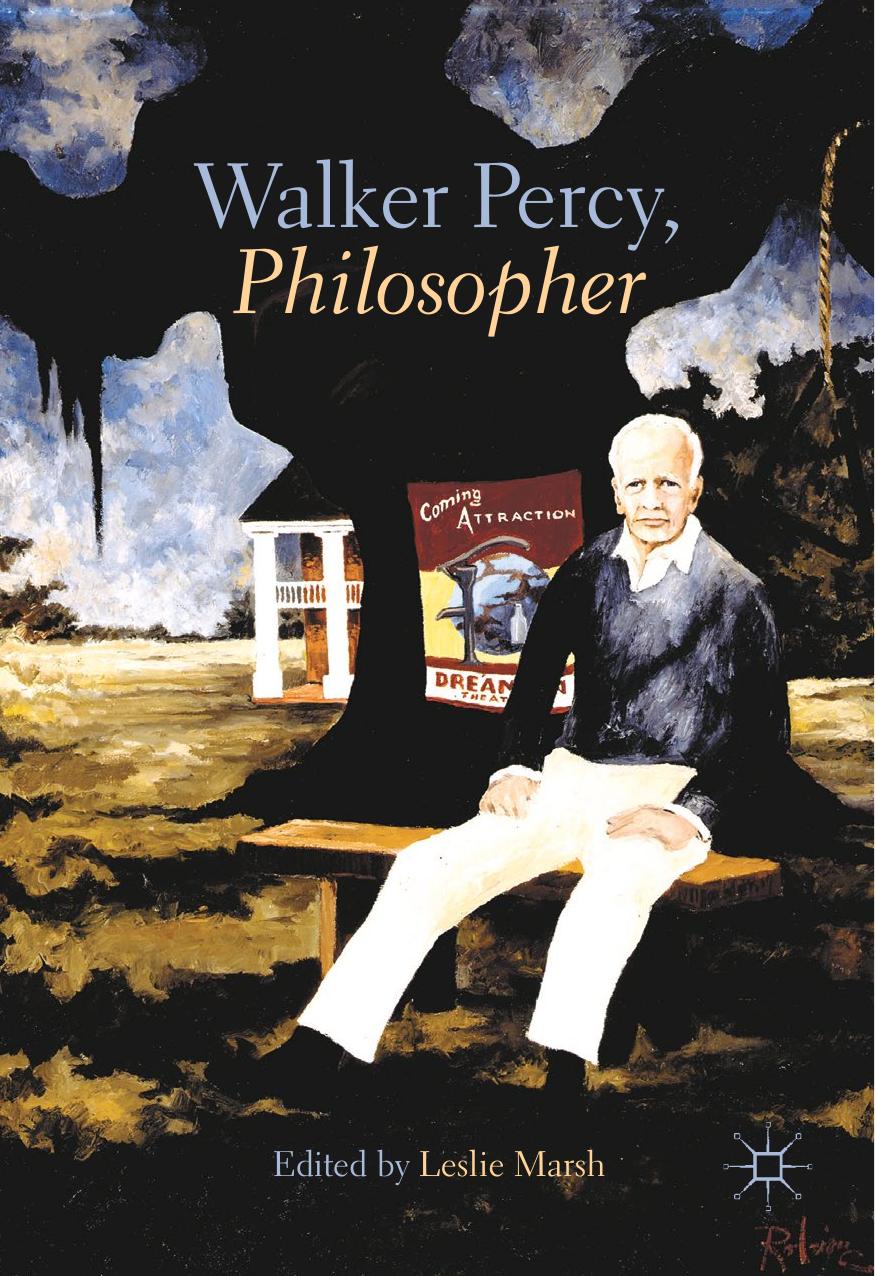Walker Percy, Philosopher by Leslie Marsh

Author:Leslie Marsh
Language: eng
Format: epub, pdf
ISBN: 9783319779683
Publisher: Springer International Publishing
Section Two
“Peirce and Modern Semiotic” by Walker Percy
I
Charles Peirce is generally acknowledged to be, if not the father, at least a major progenitor of current semiotic. The fact is, however, that while Peirce’s general scheme of sign-behavior, the “meaning” triad of sign-interpretant-object, has proved extremely useful, not much attention has been paid to the careful distinction Peirce drew between different kinds of signs, distinctions to which Peirce himself attached great importance.
One reason for the neglect of much of Peirce’s work on signs is clear enough. Current semiotic is frankly behavioral in its orientation. In the words of Charles Morris, “the basic terms of semiotic are all formulable in terms applicable to behavior as it occurs in an environment.”4 This is as it should be, it seems to me. A great deal of Peirce’s writings on signs, on the other hand, appears to be ancillary to his metaphysics of Firstness, Secondness and Thirdness. His classification of signs, in fact, is derived from metaphysical categories and not, on the face of it at least, from an empirical study of the behavior of organisms. For this reason, no doubt, Peirce’s semiotic has not recommended itself, in detail, to contemporary theorists.
It shall be the contention of this paper, however, that whatever the merits of Peirce’s metaphysics, and whatever the relevance of metaphysics to positive science, the fact is that Peirce did draw a radical behavioral distinction between signs, and that, further, this distinction is of the utmost importance to a broad semiotic and can only be passed over with the most grievous consequences.
For brevity’s sake, I shall deal with only two writers and one topic. The second writer is Charles Morris. If Charles Peirce is the father of modern semiotic, Charles Morris is certainly its current guiding spirit. It is his [Morris] notable contribution, as Sellars has pointed out,5 to have seen the limitations of the logical empiricism of Neurath and Carnap and to have extended it into the dimensions of semantics and pragmatics.
The single topic I shall be concerned with is the nature of semiosis, or meaning-event, as it is understood by the two men. Since Morris has explicitly subscribed to Peirce’s view,6 adducing recent experimental work in support of Peirce’s semiosis,7 it is open to us to re-examine Peirce’s views toward the end of determining whether the two men are talking about the same thing or whether the likeness is attained only through an ambiguous use of Peirce’s terminology.
As a self-appointed spokesman of the absent Peirce, I shall attempt to say at least one thing Peirce would almost certainly say and, in doing so, to lay bare what looks to me like a serious misconstruction of his notion of semiosis. The misconstruction amounts to nothing else than this: the triadic structure of semiosis, “meaning,” which Peirce was at such great pains and with typical Peircean crotchet to set forth as a prime and irreducible relation—irreducible to “dyadic relations”—this triad has been adopted as the basic scheme of current semiotic under the strict condition that it is in fact reducible to dyadic relations.
Download
This site does not store any files on its server. We only index and link to content provided by other sites. Please contact the content providers to delete copyright contents if any and email us, we'll remove relevant links or contents immediately.
Resisting Happiness by Matthew Kelly(3200)
The Social Psychology of Inequality by Unknown(2771)
Designing Your Life by Bill Burnett(2605)
Day by Elie Wiesel(2599)
The Giving Tree by Shel Silverstein(2178)
Angels of God: The Bible, the Church and the Heavenly Hosts by Mike Aquilina(1871)
Human Design by Chetan Parkyn(1859)
The Supreme Gift by Paulo Coelho(1802)
Jesus of Nazareth by Joseph Ratzinger(1710)
Augustine: Conversions to Confessions by Robin Lane Fox(1688)
Hostage to the Devil by Malachi Martin(1676)
7 Secrets of Divine Mercy by Vinny Flynn(1623)
Dark Mysteries of the Vatican by H. Paul Jeffers(1607)
The Vatican Pimpernel by Brian Fleming(1589)
St. Thomas Aquinas by G. K. Chesterton(1558)
Saints & Angels by Doreen Virtue(1532)
The Ratline by Philippe Sands(1425)
My Daily Catholic Bible, NABRE by Thigpen Edited by Dr. Paul(1418)
Called to Life by Jacques Philippe(1410)
